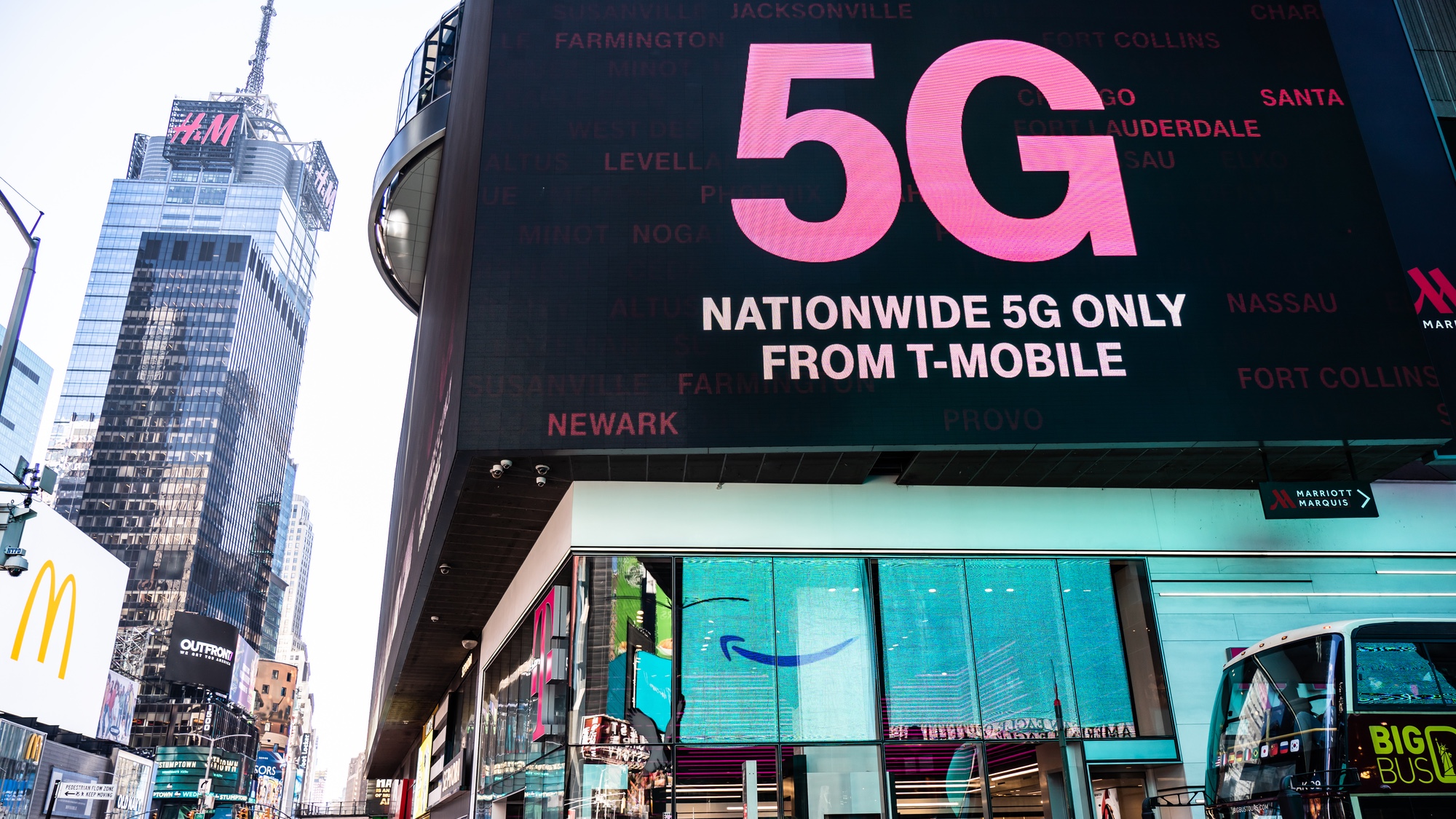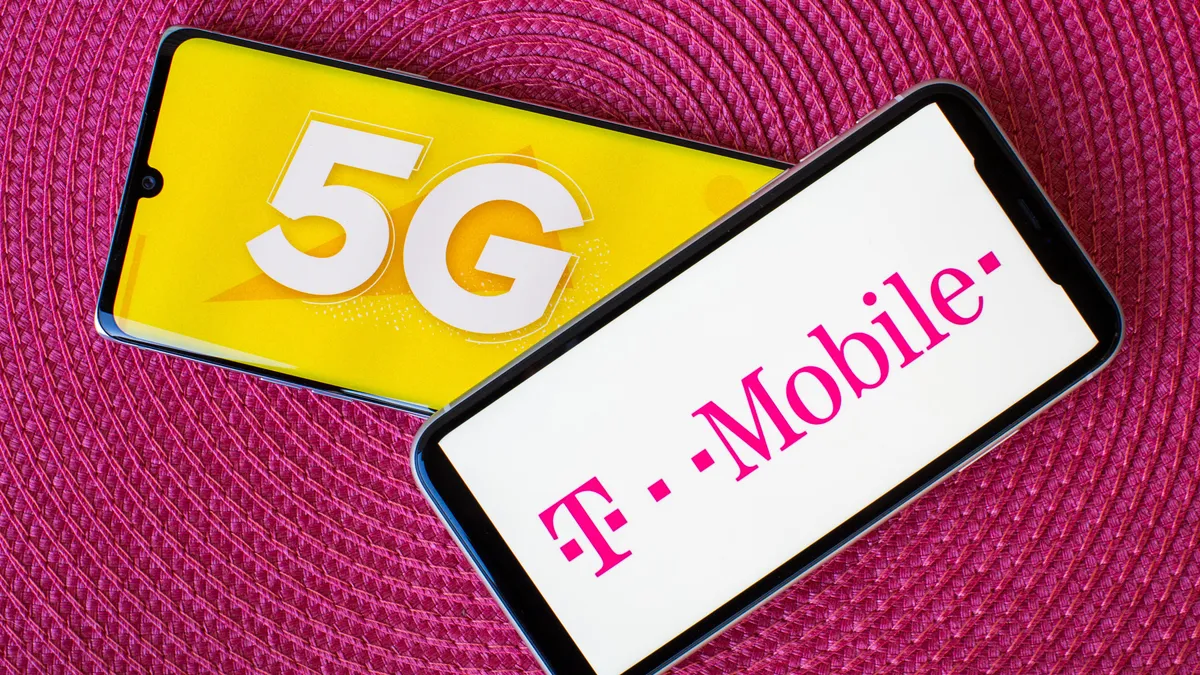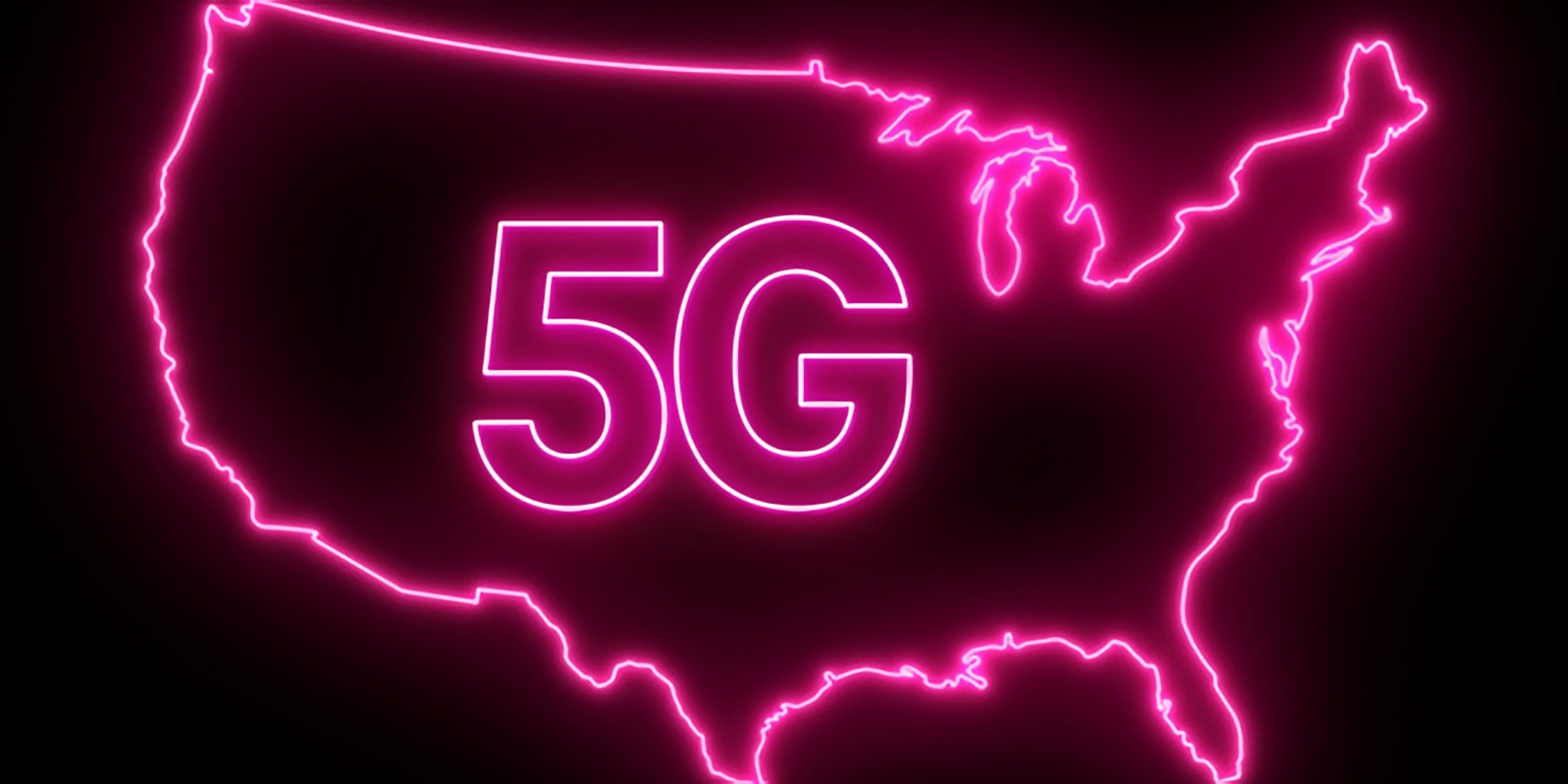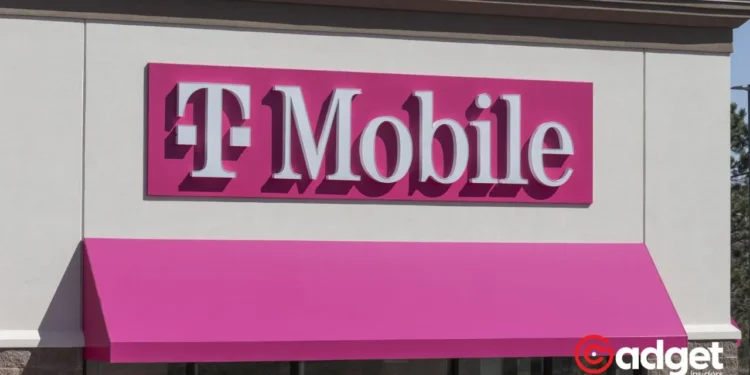In a significant development for mobile connectivity in the United States, T-Mobile has announced its plan to activate the 2.5GHz spectrum, marking a pivotal moment in the advancement of 5G technology. This move is set to significantly increase network capacity and enhance coverage, particularly in rural areas, showcasing T-Mobile’s commitment to driving forward the nation’s digital infrastructure.

A Strategic Acquisition Comes to Fruition
T-Mobile’s journey to this point began with the acquisition of 7,156 licenses of 2.5GHz spectrum for $304 million during the US spectrum auction 108 in 2022. The acquisition was a strategic move, aimed at strengthening its 5G network by increasing capacity and enhancing connectivity across the board.
However, the journey was not without its challenges. The telecom company faced disputes, notably with AT&T, over the activation of this spectrum.
Despite these hurdles, the Federal Communications Commission (FCC) confirmed that T-Mobile had navigated these challenges successfully, agreeing to divest 20MHz of spectrum on the Hawaiian islands of Kauai and Maui to mitigate concerns.
Unlocking the Power of Mid-Band Spectrum
The activation of the 2.5GHz spectrum represents a crucial step in the brand’s strategy to bolster its 5G network.
Mike Sievert, CEO of the company, emphasized the importance of this move, stating, “Thanks to years of planning, T-Mobile is ready to put this spectrum to use right now for millions of our customers, delivering ultra capacity 5G to more people and increasing speed and performance for others.
“This initiative is expected to cover nearly 60 million customers over an expanse of almost 300,000 square miles, a testament to the company’s commitment to expanding connectivity.

Overcoming Regulatory Challenges
The wireless giant’s path to activating the 2.5GHz spectrum was also complicated by regulatory challenges, including the FCC’s spectrum lapse and AT&T’s challenges to T-Mobile’s mid-band spectrum assets.
The company had to navigate the intricacies of spectrum regulations and even filed for Special Temporary Authority (STA) with the FCC to move forward with its plans.
This situation was further complicated when, for the first time, the US Senate allowed the spectrum auction authority of the FCC to lapse in March last year, posing a potential barrier to the issuing of more 5G spectrum for operators.
T-Mobile completes 5G ‘layer cake’ in New York City with activation of 2.5GHz spectrumhttps://t.co/pgbmxQE8wS #TMobileBusiness #Houston #Enterprise #JohnMcKee453 #5G pic.twitter.com/5ZwMnnDP8g
— 𝒥𝑜𝒽𝓃 𝑀𝒸𝒦𝑒𝑒 (@JohnMcKee453) May 6, 2020
Expanding 5G Coverage Beyond Urban Centers
The company’s efforts to expand its 5G coverage have not been limited to acquiring new spectrum. The company has made significant strides in enhancing its network infrastructure, notably in Upstate New York, where it added nearly 400 new cell sites and upgraded more than 800 existing towers across the region.
This expansion underscores T-Mobile’s dedication to not just urban areas but also to providing high-speed connectivity to rural and underserved communities.

T-Mobile’s Vision for the Future of Connectivity
T-Mobile’s activation of the 2.5GHz spectrum is more than just a technical upgrade; it’s a strategic move aimed at redefining mobile connectivity across the United States. By focusing on expanding capacity and enhancing coverage, especially in rural areas, T-Mobile is setting a new standard for what consumers can expect from their mobile network.
As the company continues to navigate regulatory landscapes and invest in infrastructure, its efforts to deliver ultra-capacity 5G to millions mark a significant leap towards a more connected, digital future.









